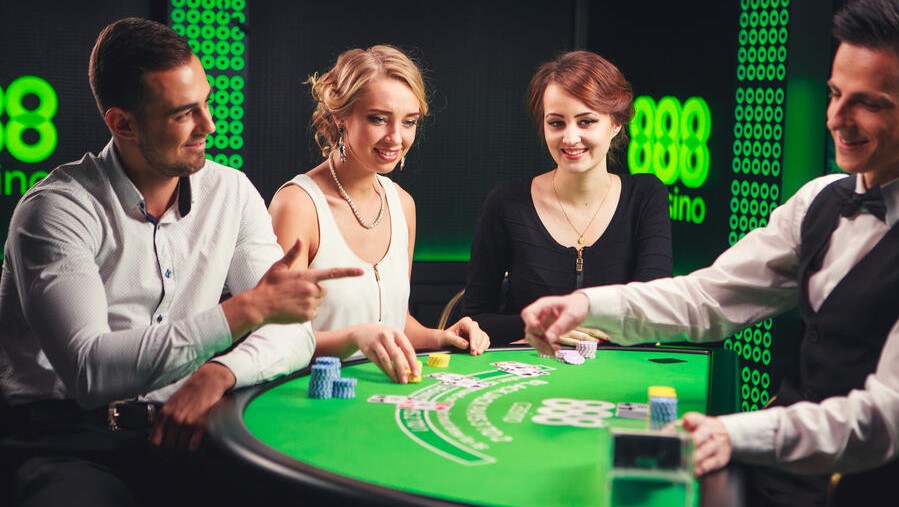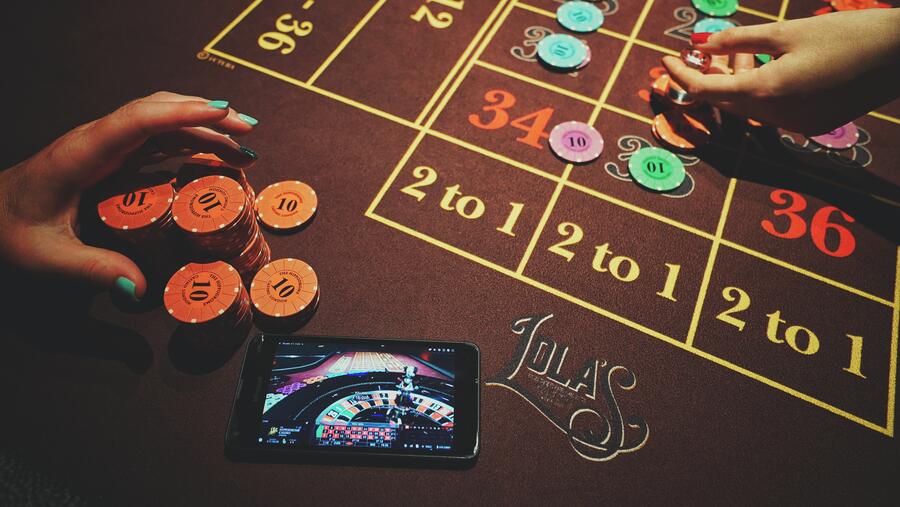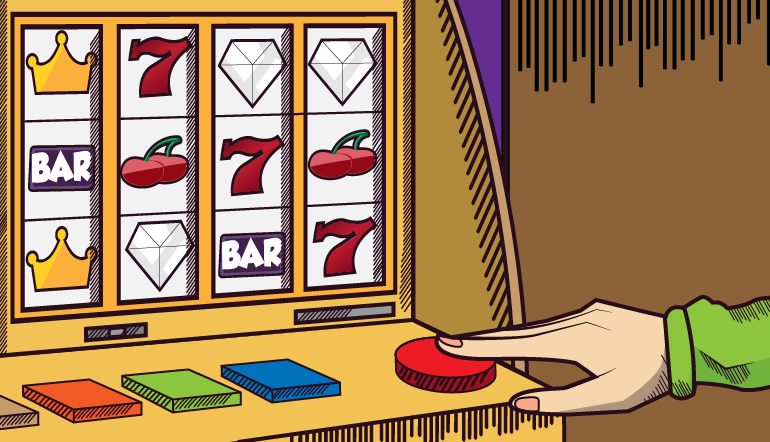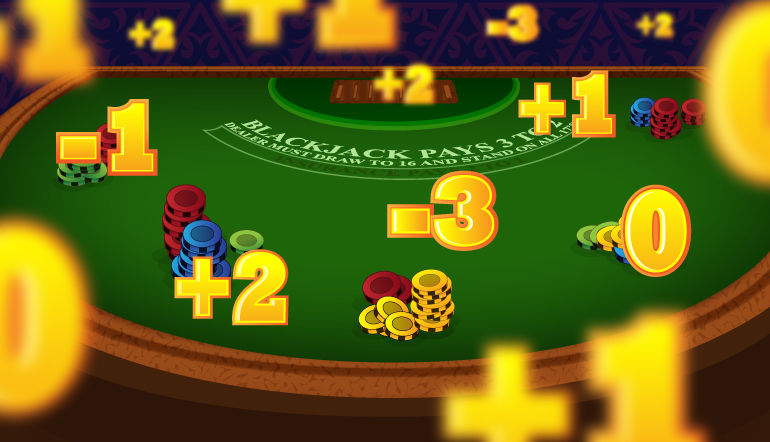[Note: Stephen Tamburin is a leading contributor to the information in this article.]
Out of all the popular gambling games you can play in an online casino, jacks or better video poker is one of the most rewarding. While video poker strategy jacks or better looks easy, its true advanced strategy may be elusive to the untrained eye. So, it’s better to use a jacks or better video poker strategy.
This article takes a deep dive into how to play cards dealt in video poker jacks or better to help you maximize your success.
With the knowledge of how to play jacks or better video poker using a video poker jacks or better strategy and of course a bit of luck, you can get off to a good start. And hopefully some profitable winning returns and some juicy payouts.
How to Play Video Poker Jacks or Better
A jacks or better video poker strategy is easy to learn since at the start of each game it deals only five cards. So, if you want to understand how to play jacks or better video poker this article explains how and presents some examples.
- Firstly, select the bet size you want to make for each game. The higher your stake the more you stand to win if you’re lucky enough to win a high paying hand.
- The jacks or better video game will deal you five face-up cards. If you’re playing in an online casino, the cards will appear on the screen of the device you’re using.
- Now you decide which jacks or better cards to hold or discard. In video poker jacks or better, any unwanted cards are replaced from the remaining deck.
- And voilà you’ll see your video poker jacks or better final hand consisting of five cards.
Payouts begin with a pair of jacks or higher. The top prize is a royal flush!
How to play cards dealt in video poker jacks or better comes with some simple rules. But navigating the many combinations of hands and knowing when to hold or discard specific cards is key to long-term success.
An effective video poker jacks or better strategy should consider the payouts for different hands. And analyse the odds of improving your hand before drawing cards.
Mastering Jacks or Better Video Poker Strategy
Hands containing a pair and either three or four cards to the royal, flush, or straight flush are frequently difficult.
The big question is whether to hold the pair — especially a high pair (Jacks through Aces) — or to discard in favour of a higher-ranking and higher-paying hand.
This is how to play jacks or better video poker in a way that (should you win) increases your chances of seeing your bankroll return higher payouts. This technique tries to calculate the probabilities of poker hands with the variations as shown below.
How to play cards dealt in video poker jacks or better:
- Low or high pair and four cards to the straight
- Low or high pair and four cards to the flush
- Low or high pair and four cards to the straight flush
- Low or high pair and three cards to the royal
Straights & Pairs
A hand that fits example 1 is the following.
- 2d 3h 4s 5h 3c
How would you play it? Would you keep the pair of 3s or the four unsuited consecutive cards (2 through 5) and try a one-card draw for a straight?
Expected Value for Jacks or Better Video Poker
A vital strategic concept for jacks or better video poker is "expected value" (EV). The EV of a playing decision is your average net return from that play. This is calculated on the bases of conducting thousands of similar outcomes.
Using a perfect strategy derived from EV analysis ensures you are making the mathematically best play for every hand. And this is what maximizes winning payouts over time.
While it can't guarantee winning every hand, following a perfect video poker jacks or better strategy boosts your return to 99% or more when played properly. Thus, avoiding a video poker jacks or better strategy will put a strain on your bankroll.
How to Play Video Poker Jacks or Better using charts
Printable video poker jacks or better strategy charts are available online showing the perfect play for every hand. Keeping a chart handy and using it prevents costly errors resulting in reduced payouts.
Now that we’re familiar with the Expected value ‘EV’ strategy for jacks or better video poker, we can figure out how to play the above hand.
In the above scenario, your EV is 82 cents per dollar bet if you hold the 3s and 68 cents per dollar bet if you hold the four-card straight. The best play is the one with the highest expected value (EV), which in this case is holding the low pair over the four-card straight.
Again, every jacks or better video poker strategy doesn’t always guarantee a win. What it means is that after playing this hand many times, you’ll end up winning more money when you choose the play with the highest EV.
The table below shows the hand rankings and basic payouts for Jacks or better video poker:
| Royal Flush | 250 to 1 |
| Straight Flush | 50 to 1 |
| Four of a Kind | 25 to 1 |
| Full House | 9 to 1 |
| Flush | 6 to 1 |
| Straight | 4 to 1 |
| Three of a kind | 3 to 1 |
| Two Pairs | 2 to 1 |
| Jacks or Better Pair | 1 to 1 |
To receive greater payout odds – should you win – you can increase your bet size before the start of any game.
Navigating Problem Hands Using a Proper Jacks or Better Video Poker Strategy
Most Jacks or Better hands have an obvious perfect play – i.e. hold any of the following:
- Royal Flushes
- Straight Flushes
- Four-of-a-Kind
- Full Houses
- Flushes
- High Pairs: and draw for the highest hand possible.
However, knowing how to play some hand combinations present strategic dilemmas.
Let's Tackle How to Play Cards Dealt in Video Poker Jacks or Better
- Pairs vs. Multi-Card Straight or Flush Potential
When holding a high pair or low pair along with four cards to a straight or flush, determining the right play can be tricky. Should we keep the pair or try drawing to the straight or flush? EV calculations identify which play is correct.
- Pairs vs. Four-Card Straights
Keep high pairs and low pairs over four-card straights. The pair's EV exceeds the straights.
But keep four-card straights with three consecutive high cards (like Q,K,A,2) over low pairs. Three premium straight cards outrank the low pair's EV.
- Pairs vs Four-Card Flushes
Keep high pairs over four-card flushes, which have lower EV.
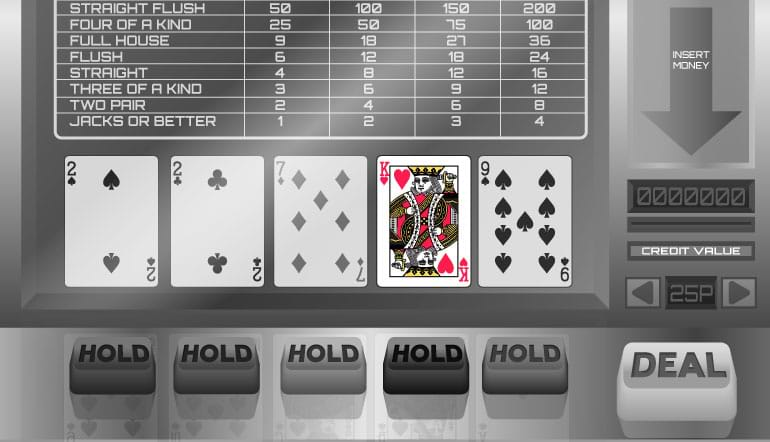
Keep four-card flushes over low pairs due to the superior EV.
- Pairs vs Four-Card Straight Flushes
Always choose four-card straight flushes (with or without gaps) over high or low pairs. The incredible payout potential makes this the optimal play despite breaking up a pair.
For example:
2h 3h 2s 8h 9h
Jh 3h Js 5h 8h
Although counterintuitive: the winning play would be holding the four flush cards over the low pair (first hand) and the high pair over the four-flush cards (second hand).
- Royal Flushes and Pairs
Here the trick is to know when to keep or discard the royal flush. Let’s check out the pairs in the examples below:
6s 6d Qh Kh Ah
Jd Js Qh Kh Ah
Keep three-card royal flushes over low pairs. The massive royal prize outweighs the low pair's value. We therefore discard the low pair 6s.
And keep high pairs over three-card royal flushes, despite the high payout. The EV favours high pairs. Smart money would keep the high pair of (Jacks)
Exception: Discard anything for a four-card royal flush.
Memorizing the perfect strategy for all hand combinations is difficult. To simplify learning, focus on this easy EV-based table:
Video Poker Strategy Jacks or Better Simple Table
| Straight Flush |
| Four-card Royal Flush |
| Four-card Straight Flush |
| High Pair |
| Three-card Royal Flush |
| Four-card Flush |
| Four-card Straight with Three High Cards |
| Low Pair |
| Four-card Straight |
The hands are ranked from highest EV to lowest. When faced with a strategic dilemma, consult the table. Always choose to play the higher ranked hand in the list; based on maximum EV and long-term return.
How to Play Jacks or Better Video Poker: Essential tips & Common Mistakes to Avoid
Beyond navigating complex hands, several vital video poker tips will hone your skills while avoiding the hazards many beginners experience:
- Use jacks or better video poker strategy charts consistently:
Never guess or assume proper play. Always consult accurate jacks or better video poker strategy charts or software for the mathematically best move. Even seasoned players should reinforce strategy regularly.
- Ensure you manage your Bankroll:
Set gambling loss limits and withdraw winnings promptly when visiting a live casino. Allowing video poker jacks or better wins to erode or exceed loss limits has depleted many player’s bankrolls. Lock in profits as they accumulate.
- Choose full-pay games:
Full-pay Jacks or Better games offer the highest payout percentages, lowest house edge, and the best shot at coming out ahead. Seek out 9/6 games.
- Avoid Common Errors:
- Playing hands purely by gut instincts vs using strategic guides.
- Keeping low pairs vs royal flush or straight flush potential.
- Drawing to inside straights which offer poor odds.
- Chasing losses by exceeding loss limits or over betting.
- Failing to protect winnings by avoiding cashing out.
Conclusion to Jacks or Better Video Poker Strategy
A strategic frame of mind can mean long-term wins. Like any casino game, luck impacts results in the short term. But over extended play, you’ll get rewarded using a skillful strategy when playing jacks or better video poker.
You can maximize payouts and compete with the house edge by:
- Adhering strictly to the perfect strategy derived from EV analysis.
- Avoiding common pitfalls.
- Managing your bankroll wisely.
- Practicing constantly to master the jacks or better strategy.
Luck favors the prepared mind. Your strategic Jacks or Better Video Poker journey begins now!
Jacks or Better Video Poker Strategy: Frequently Asked Questions
What is the best way to win Jacks or Better Video Poker?
Understanding the rules, managing your bankroll, and staying disciplined will give you the best chance of winning.
Is there a trick to Jacks or Better Video Poker?
No. While various strategies can sway the game in your advantage, there are no tricks you could use to win any given game.
What is the probability of winning in Jacks or Better Video Poker?
The odds are much more favorable compared to any other casino game. Players are expected to recoup over 90% of their wagers eventually.
In Jacks or Better Video Poker, should I keep a high pair or draw three royal cards?
Keeping the high pair is the best strategy in jacks or better video poker to get more wins and discard the rest of the cards.
Should I always hold the four to the royal in Video Poker Jacks or Better?
Yes, as a rule of thumb, if you draw the royal, the reward is greater, but the odds are slimmer. This is one of the few instances where you shouldn’t hold onto your pair.
